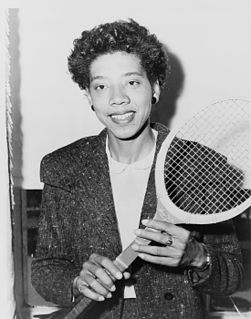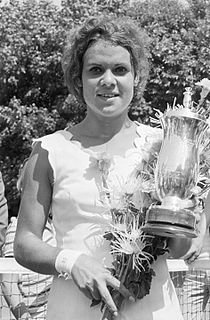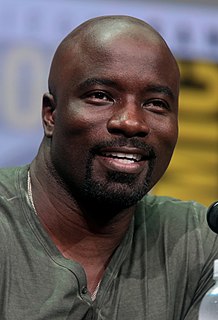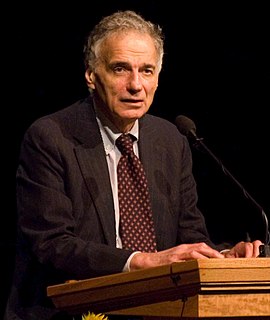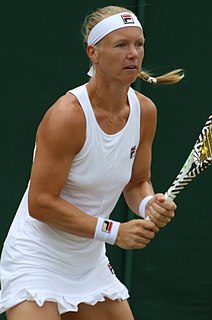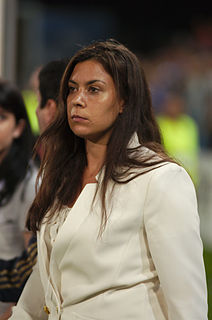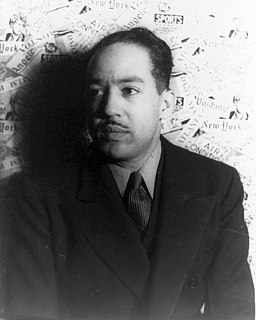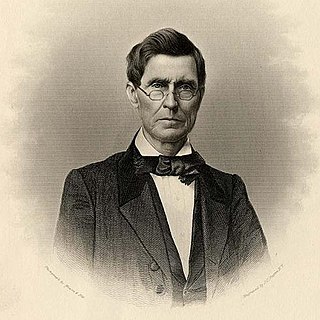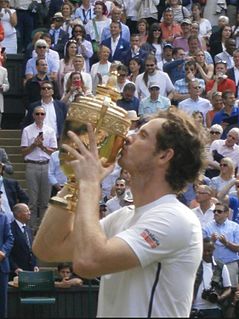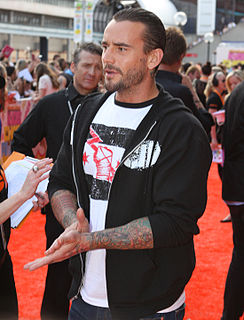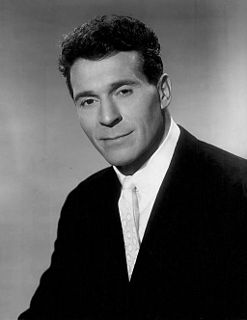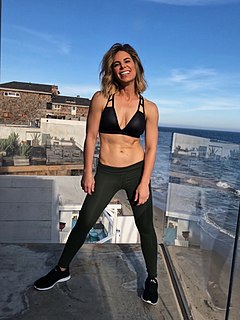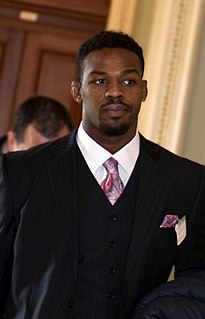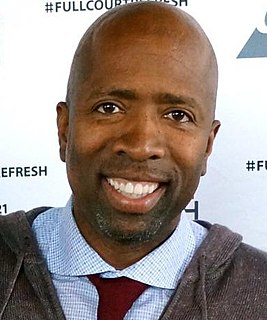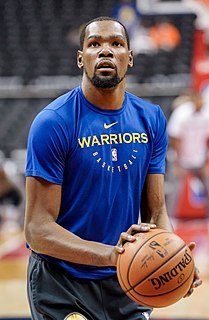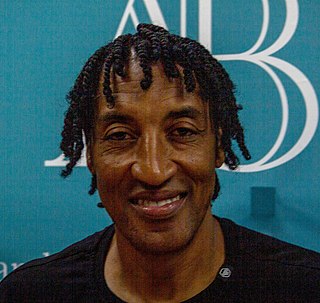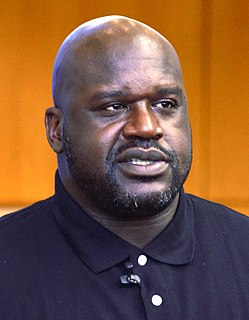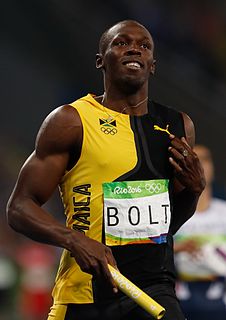A Quote by Althea Gibson
From 143rd Street in Harlem to the center court at Wimbledon is about as far as one can travel.
Related Quotes
Harlem was a development, a developer's dream and a place where residents had more space and more amenities than ever before. The subway reached 145th street about 1904, and it seemed that Harlem's destiny was to become largely a preserve of successful ethnics relocating and arriving. Then, overnight, the bust took place.
Let me tell you about the travel ban. We had a very smooth rollout of the travel ban. But we had a bad court. Got a bad decision. We had a court that's been overturned. Again, may be wrong, but I think it's 80 percent of the time, a lot. We're going to keep going with that decision. We're going to put in a new executive order.
Sara Blair's Harlem Crossroads is an important addition to the body of literature that currently exists about Harlem. It brilliantly illuminates the complex relationship between photographic representation and race, and adds new insight into the ways in which this one black community has figured in both the critical and public imaginations. Harlem Crossroads is a tour de force.
